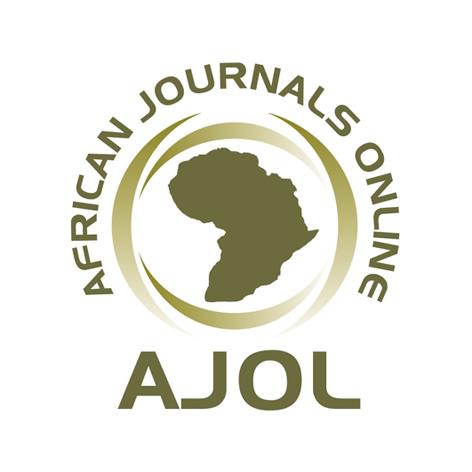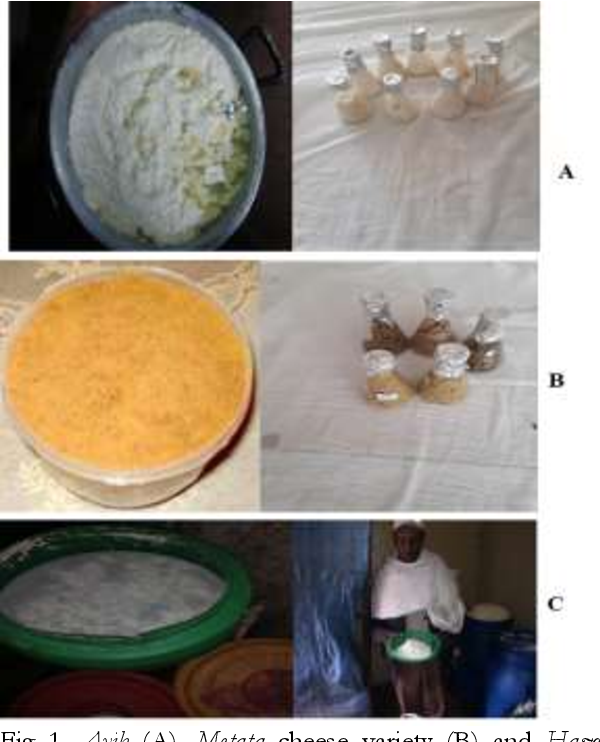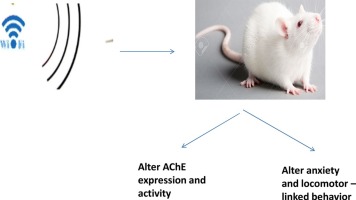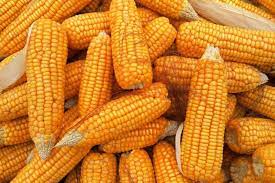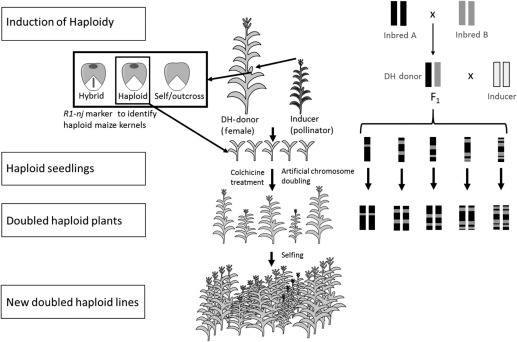Consumption Habit and Food Sources in Haramaya District, Ethiopia
Downloads
Haramaya is among the localities that considered as food insecure and poor consumption habit. The study was intended to investigate consumption habits and food patterns of Haramaya District. Data on available raw materials of food sources and the habit of consumption in four kebeles were collected. The result described that Sorghum and Maize are main cereal grains abandoned in the area and of total accessible cereals in the area, 65.6% of them are obtained from subsistent farming of own-land production and the remaining, 34.4%, from the market. Injera, Shumo, Genfo, Kita, Wot and Kolo are the main foods for consumption prepared from cereal grains. Among the legumes and pulses, Pea, Common Bean and Chickpea are the key food sources, but the majority (54.2%) consume rarely. Similarly, though a high quantity of fruit and vegetables are available, household consumption is not adequate and the same for meat and dairy products. Though sufficient distribution and availability of food sources exists, consumption habit is unbalanced due to poor diversified foods. The households entirely depend on cereal grains with minimal consumption of other food sources. Therefore, balanced food preparation and consumption education programs are needed to create awareness on diversified eating habit and its benefit. Hence, dissemination of proper food preparation, good eating habit and nutrition concepts within the community is vital.
Copyright (c) 2019 Daniel Alemu, Anbesse Girma

This work is licensed under a Creative Commons Attribution-NonCommercial-NoDerivatives 4.0 International License.
- I am authorized by my co-authors to enter into these arrangements.
- I warrant, on behalf of myself and my co-authors, that:
- the article is original, has not been formally published in any other peer-reviewed journal, is not under consideration by any other journal and does not infringe any existing copyright or any other third party rights;
- I am/we are the sole author(s) of the article and have full authority to enter into this agreement and in granting rights to Springer are not in breach of any other obligation;
- the article contains nothing that is unlawful, libellous, or which would, if published, constitute a breach of contract or of confidence or of commitment given to secrecy;
- I/we have taken due care to ensure the integrity of the article. To my/our - and currently accepted scientific - knowledge all statements contained in it purporting to be facts are true and any formula or instruction contained in the article will not, if followed accurately, cause any injury, illness or damage to the user.
- I, and all co-authors, agree that the article, if editorially accepted for publication, shall be licensed under the Creative Commons Attribution License 4.0. If the law requires that the article be published in the public domain, I/we will notify Springer at the time of submission, and in such cases the article shall be released under the Creative Commons 1.0 Public Domain Dedication waiver. For the avoidance of doubt it is stated that sections 1 and 2 of this license agreement shall apply and prevail regardless of whether the article is published under Creative Commons Attribution License 4.0 or the Creative Commons 1.0 Public Domain Dedication waiver.
- I, and all co-authors, agree that, if the article is editorially accepted for publication in Haramaya Journals, data included in the article shall be made available under the Creative Commons 1.0 Public Domain Dedication waiver, unless otherwise stated. For the avoidance of doubt it is stated that sections 1, 2, and 3 of this license agreement shall apply and prevail.





